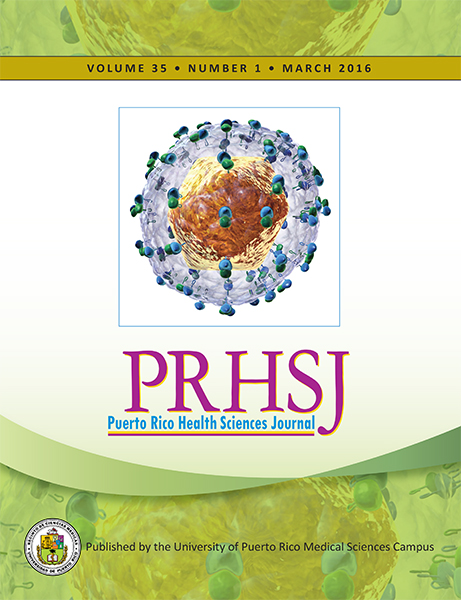Abstract
Objective: To evaluate the appropriate clinical use of an acute rest myocardial perfusion imaging (R-MPI) in the initial emergency department (ED) evaluation of a patient presenting with chest pain (CP). Methods: This is a retrospective study of patients evaluated with CP at the ED with an acute R-MPI. The data collected included medical history, clinical presentation, electrocardiogram, laboratory data, MPI results, confirmatory studies, disposition diagnosis and cost analysis. Results: Three-hundred-sixty-six (366) patients were evaluated. The population studied had a mean Thrombolysis in Myocardial Infarction (TIMI) score of 2 and predominance of patients in the Virginia Commonwealth University (VCU) CP Category-Scale between level 3 and 4 (34% and 49% respectively). The risk of acute coronary syndrome (ACS) was significantly higher in patients with abnormal compared to normal studies (50% versus 0.4%; P < .0005; RR, 129.5; 95% CI, 18 to 924). There were a total of 14 and 19 major adverse cardiovascular events (MACE) events during the follow-up of 30-days and 1-year respectively. There were no cardiovascular fatalities. The risk of MACE at 30-days was significantly higher in patients with abnormal compared to normal studies (12% versus 0.4%; P < .001; RR, 32; 95% CI, 4.2 to 240), as well as with 1-year of follow-up (14% versus 1.6%; P < .001; RR, 9.1; 95% CI, 3.1 to 27). Conclusion: Using acute R-MPI in the evaluation of non-high risk patients presenting with CP is a safe, reliable and cost-effective strategy to be used in the ED to predict ACS and future MACE.
Authors who publish with this journal agree to the following terms:
a. Authors retain copyright and grant the journal right of first publication with the work simultaneously licensed under a Creative Commons Attribution License that allows others to share the work with an acknowledgement of the work's authorship and initial publication in this journal.
b. Authors are able to enter into separate, additional contractual arrangements for the non-exclusive distribution of the journal's published version of the work (e.g., post it to an institutional repository or publish it in a book), with an acknowledgement of its initial publication in this journal.
c. Authors are permitted and encouraged to post their work online (e.g., in institutional repositories or on their website) prior to and during the submission process, as it can lead to productive exchanges, as well as earlier and greater citation of published work (See The Effect of Open Access).
